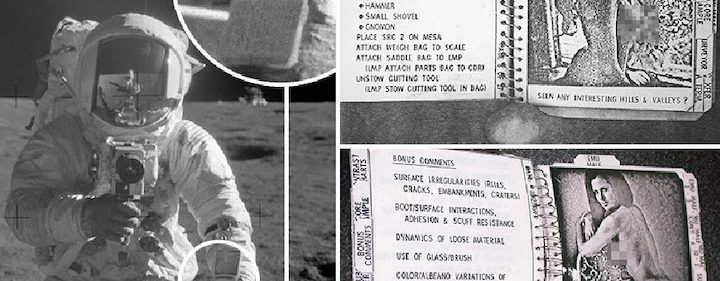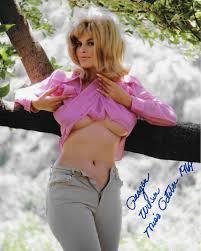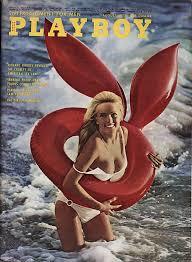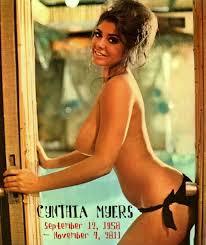19.07.2020

In 1969, man landed on the moon during two separate missions, Apollo 11 and Apollo 12. During each mission, two of the three mission crew members walked on the lunar surface, performing experiments and several “firsts” for mankind.
Unlike the super-serious Apollo 11, Apollo 12 is remembered by many space historians as the “fun road trip” moon mission- one which involved a lot of laughs, a little danger, and some impressive achievements.
Starring the all-Navy crew of Commander “Pete” Conrad, Lunar Module Pilot Al Bean and Command Module Pilot Dick Gordon, Apollo 12 had a level of unit cohesion that was unprecedented in many ways, to include owning and driving matching Chevrolet Corvettes.
Launching on November 14, the spacecraft was struck by lightning and nearly doomed right after leaving the launch tower, had it not been for the quick thinking and teamwork of Electrical, Environmental and Consumables Manager (EECOM) John Aaron and Bean, who implemented an obscure remedy that prevented NASA from aborting the mission.
While it was feared that the lightning strike may have damaged the Command Module’s parachute system (thus making a safe landing impossible), the crew was never informed, as there would have been nothing they could have done about it, anyway.
When it came time for the Lunar Module Intrepid to make a landing, Conrad prepared to set down in an area nicknamed “Pete’s Parking Lot,” the same area that had been used by the Surveyor 3 landing probe and other unmanned craft.
Conrad, being a superb pilot, managed to land only 580 feet from Surveyor 3, and his first word on the moon was “Whoopie!”
While the mission also would have been the first live color TV broadcast from the lunar surface, Bean accidentally pointed the camera at the sun, destroying the camera and ending the broadcast.
This accidental destruction of the camera may have been a blessing, however, as Bean and Conrad were known for silly antics. In one case, Bean had smuggled a camera timer aboard in hopes that he could take a photo of himself and Conrad, in order to confuse and bewilder NASA photo examiners, who would be puzzled at just how the photo would have been taken.
Another prank played on the all-Navy crew by the all-Air Force backup crew was the insertion of nude pin-ups into the crew checklists, which were worn on the Bean and Conrad’s wrists. The pinups included several Playboy Playmates, including

Angela Dorian,

Reagan Wilson and

Leslie Bianchinia, complete with punny captions related to geology. Dick Gordon was not left out, as he found a calendar in the Command Module Yankee Clipper (orbiting the moon during the lunar excursion)

featuring Playmate DeDe Lind.
Another Playmate, Cynthia Meyers,

was also featured in the checklist, having been only 17 when the nude photo of her was taken. While Playboy’s official policy was to wait until a Playmate turned 18 before the photo was published, the image would still technically fall under the category of child pornography, and therefore would make the photo the first case of such illicit material on the moon.
The moon landing wasn’t all fun and practical jokes, however. In addition to serious science, Al Bean also paid tribute to Astronaut Clifton Curtis “CC” Williams, a friend and the man he replaced after Williams was killed in a jet crash.
“When we designed our Apollo 12 mission patch, we put four stars in the sky above Yankee Clipper,” Bean said, noting that one star represented Williams. “About a month before our Apollo 12 mission was scheduled to launch, we contacted CC’s widow, Beth, and asked if she would let us take CC’s Marine Corps aviators wings to the moon with us and leave them…She said it seemed the right thing to do.”
“Scientists tell us CC’s wings will remain there, relatively unchanged, for millions of years,” Bean added.
Bean, an avid painter who implemented lunar dust in his paintings, would later recreate the moment in the 2013 painting, titled Dedication.
When it was time to return to the Earth, the crew discovered that the Command Module Parachutes worked just fine, though a camera did manage to detach and temporarily knock out Bean after striking him in the forehead.
All three Apollo 12 astronauts remained close friends throughout their life, making an incredible impact. After Conrad succumbed to injuries sustained from a motorcycle wreck in 1999, NASA planted a tree in his honor at the Lyndon B. Johnson Space Center in Houston. Not satisfied and still silly as ever, Bean lightened up the dedication ceremony by pretending to “channel” Conrad from beyond the grave, claiming the Apollo 12 commander wanted his tree lit with red lights every Christmas, rather than the white lights used on the trees dedicated to every other fallen astronaut. This, of course, was a reference to Conrad’s motto, “When you can’t be good, be colorful.” NASA duly honored this request, and red lights adorn his tree every year.
Gordon died in 2017, having served as Chairman and co-Chairman of the Louisiana Heart Fund, Chairman of the March of Dimes (Mother’s March), Honorary Chairman for Muscular Dystrophy, and on the boards of directors for the Boy Scouts of America and Boys’ Club of Greater New Orleans. He also served as Executive Vice President of the New Orleanse Saints for a time.
The “rookie” of the team when Apollo 12 took off in 1969, Alan Bean ended up spending more time in space than Conrad or Gordon, heavily surpassing them when he spent 59 days aboard America’s first space station, Skylab. He would later make a name for himself as an artist.
Resigning from NASA to paint, Bean said that since he saw things most humans will never get to see, it was only right that he try and turn those sights into art. In many of those paintings, the moon is somewhat colorful, and originals of his paintings include cloth from his space suit and moon dust.
“I’m the only one who can paint the Moon, he said jokingly, “Because I’m the only one who knows whether that’s right or not.”
Alan Bean died in 2018 at the age of 86. He is buried at Arlington National Cemetery.
The adventures of the crew of Apollo 12 were lovingly re-created in an episode of the 1998 HBO miniseries From The Earth To The Moon, with the episode title being “That’s All There Is.”
“I realized, when you go through any endeavor, any journey, whether across town or to the moon and back, all that matters is that you share the experience with people you love,” said Bean’s character on the show, portrayed by Dave Foley. “That’s what makes life special. Because ultimately, that’s all there is. That’s really all there is.”
Quelle: WarIsBoring
